MEET
THE


LACEWING LARVAE
LACEWING LARVAE
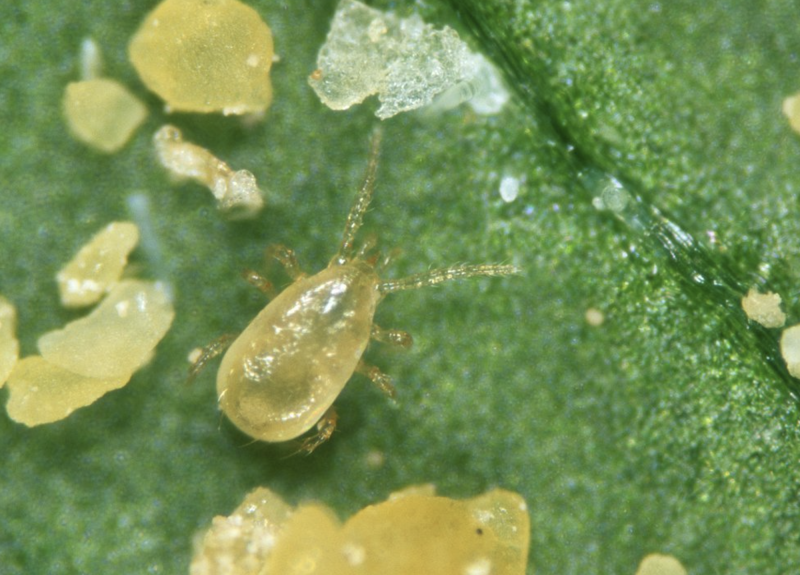
Cucumeris Mite
CUCUMERIS MITE
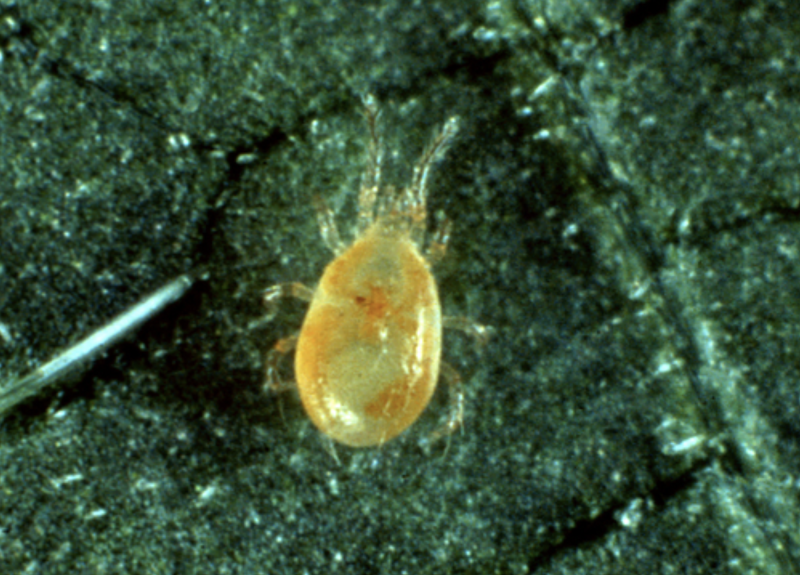
Fallacis MITE
FALLACIS MITE

Persimilis Mite
Persimilis MITE
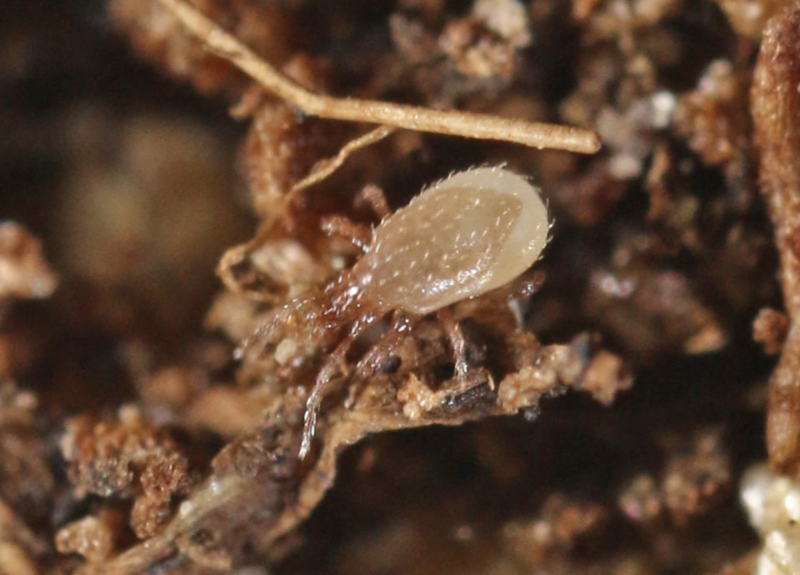
Stratiolaelaps Mite
STRATIOLAELAPS MITE

Californicus Mite
CALIFORNICUS MITE
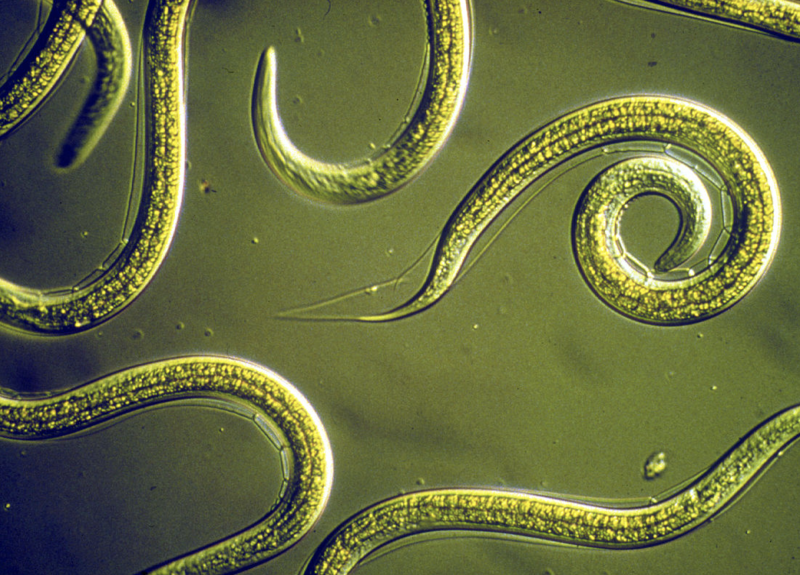
Nematodes
NEMATODES
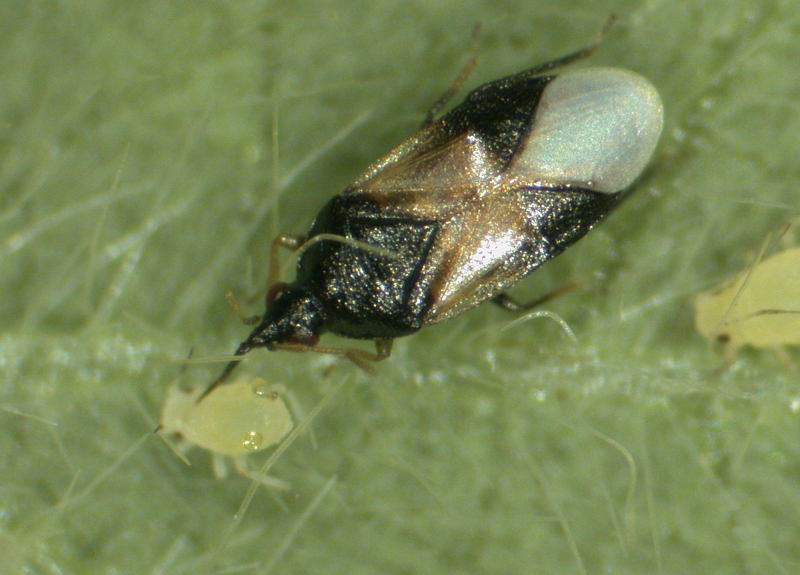
Minute Pirate Bug
MINUTE PIRATE BUG
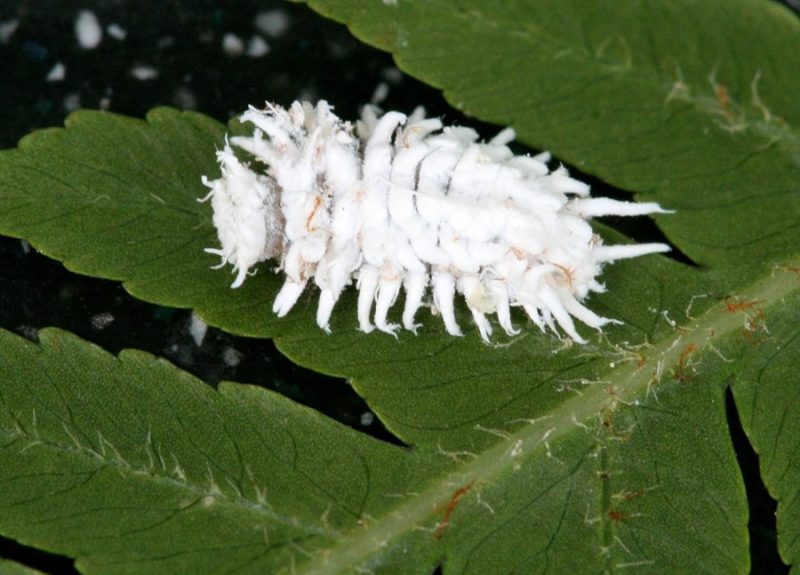
Cryptolaemus Larvae
Cryptolaemus Larvae
Lacewing Larvae
About Lacewing Larvae
Lacewing larvae are generalist predator and eat a variety of houseplant pests, including thrips, aphids, spider mites, mealybugs, and scale, among others. They are affectionately known as the “aphid lion” because of how quickly they knock out aphid populations.
Because lacewing larvae are generalist, it is not impossible for them to eat some of the beneficial mites. However, they prefer the pest insects, and are more likely to eat the pest insects than the other beneficials. It’s recommended to still release multiple predators together to get thorough pest coverage. To minimize crossover, you can release lacewings first, then the rest of your beneficial insects 15 minutes later.
The life cycle of a lacewing larvae for indoor houseplants is about 10-14 days. It is very rare for lacewing larvae to reach the adult stage. Because of their short life cycle, it is important to maintain a timely, recurring application schedule until the pests have been eradicated.
Lacewing Larvae is Recommended For:
Thrips, aphids, mealybugs, spider mites, juvenile scale, cabbage worms, hornworms
A. Cucumeris Mite
About A. Cucumeris Mite
The cucumeris mite is a semi-microscopic mite that is slightly copper in color. This mite is the industry standard thrips predator, and is an excellent choice as part of an active thrips treatment plan or for thrips prevention. They have an innate ability to sense where in the leaves the thrips larvae is going to emerge, and then they bite their heads off as they come out. The cucumeris mite is also recommended as treatment or prevention for broad mites, a pest mite that tends to attack cannabis and hoya.
They come in either a bulk release bottle or a slow release sachet. The bottle will release a large amount of cucumeris mites at once, while the sachet is a small paper package that releases “bursts” of cucumeris mites over time. A hole is already pricked into the paper to allow the mites to exit the sachet onto the plant. Because cucumeris mites only attack the young larval stages of thrips, it is recommended to combine them with other beneficial insects that will eat thrip adults, such as lacewing larvae, if you’re fighting an active thrips issue.
A. Cucumeris Mite is Recommended For:
Thrips larvae, broad mites.
A. Fallacis Mite
About A. Fallacis Mite
Fallacis mites are semi-microscopic mites that have a yellow hue with orange spots. It primarily eats the two-spotted spider mite, but will eat other types of spider mites in the absence of more preferred prey.
These mites move a little faster and eat a little more (15-30 spider mites per day) than the californicus mites, making them ideal for mid-to-low level infestations. It is recommended to use them in combination with other beneficial insects, such as lacewing larvae or persimilis mites for larger spider mite issues.
A. Fallacis Mite is Recommended For :
Two-spotted spider mite, citrus red mite, false spider mite, other pest mites
P. Persimilis Mite
About P. Persimilis Mite
The persimilis mite is a bright red, semi-microscopic mite that comes in a bottle.They are incredibly fast and are able to literally out-run their prey, two-spotted spider mites. Unlike many of the other predator mites, persimilis mites pretty much exclusively eat the two-spotted spider mite, so it’s important to ensure proper ID of the pest mite on your plants.
Persimilis mites are most effective when applied at the first sign of a two-spotted mite infestation. Because of its high reproduction rate, persimilis usually exhausts its food supply and eventually dies out.
Therefore, repeated introductions are recommended, or combine releases of persimilis with fallacis mites to ensure predator coverage over a longer time period.
P. Persimilis Mite is Recommended For:
Two-spotted spider mites
Stratiolaelaps Scimitus Mite
About Stratiolaelaps Scimitus Mite
The stratiolaelaps scimitus mites are reddish/brown microscopic soil mites that come in a bag. These mites are truly amazing for overall soil health, and they eat thrips pupae, fungus gnat larvae, overwintering spider mites, mealybug eggs and juveniles as well as pathogenic fungi and bacteria. They should be an integral part of your pest prevention plans, and are similarly essential when it comes to treating active pest issues, especially thrips. Do not skip these if you are treating an active thrips infestation! If you’re just treating the foliage, new thrips will keep coming up out of your soil and reinfecting the plant.
These mites can’t handle dry soil, so use in certain herbs, cacti, and succulents may not be an option. However, although they are called a “soil mite” they do great in soil-less mediums like pon, leca, moss, etc.
Stratiolaelaps Scimitus Mite is recommended for:
Fungus gnat larvae, thrips pupae, overwintering spider mites, other soil pathogens (fungi and bacteria)
N. Californicus Mite
About N. Californicus Mite
Californicus mites are a microscopic pear-shaped and cream colored mite that is a versatile predator for a variety of pest mites. They prefer the different types of spider mite species, but will also eat flat mites, broad mites and cyclamen mites. When pest populations are low they can also survive on pollen.
Their feeding rates make them better suited for preventative use (they eat about five pest mites per days). If pest populations are large, they can be released with other beneficial mites (persimilis or fallacis) as they are not cannibalistic and these mites will not feed on each other. Unlike some other predatory mites, they do well at ambient humidity, and their optimum humidity range is 40%-60%. They are easily adaptable to the house plant environment and do well in the drier western states. Their full life cycle lasts about 1-2 weeks, but they will die if temperatures drop below 50 degrees.
N. Californicus Mite is Recommended For:
Spider mites, russet mites, broad mites
Nematodes
About Nematodes
Nematodes are live, microscopic, non-segmented round worms that come in a bag mixed with a powder substance. They are considered parasitic to their prey. There are three different types of nematodes: Sf, Hb, and Sc.
Nematodes will only attack pests in their larvae form. They should be used in conjunction with other beneficial insects or external sources that will target the pest in their adult stage. Nematodes do not prey on most beneficial insects in their larvae stage, so they are safe to use with other beneficial insects. Nematodes can live for up to 18 months on your soil.
Nematodes can be stored in the refrigerator for up to 2 weeks as long as the package has not been opened.
Nematodes Are Recommended For:
Nematodes Sf
- Fungus gnat eggs, thrip eggs
Nematodes Hb
- Tick, grub, termite, ant larvae
Nematodes Sc
- Flea, ant, cutworm, maggot larvae
Minute Pirate Bug
About Minute Pirate Bug
Minute pirate bugs are the best thrips predator, attacking all mobile stages of thrips. Not only do they hunt and kill prey for food, but they also do it for fun. You may see a minute pirate bug with an adult thrip speared onto their rostrum.
Adult minute pirate bugs eat all thrips stages, while younger nymphs only eat thrips larvae. Previous research has shown that nymphs and adults can consume up to thirty thrips per day and that large populations can be enough to keep thrips below damaging levels. Because they are so aggressive, they are not recommended until you see adult thrips or other adult pests on your plant.
Minute Pirate Bug is Recommended For:
Thrips, whiteflies, caterpillar eggs
Cryptolaemus Larvae
About Cryptolaemus Larvae
Cryptolaemus larvae are remarkable beneficial insects. They are known as the “mealybug destroyer” and for good reason — young larvae can eat more than 250 mealybug nymphs or over 1,000 mealybug eggs during its larvae life stage, while older larvae also eat mealybug adults. While they primarily eat mealybugs, they can also prey on a range of scale species.
The Cryptolaemus insect belongs to the ladybug (also known as ladybird) family and they are predatory insects at both the larvae and adult beetle stages.
Cryptolaemus larvae is Recommended For:
Mealybugs (all species)





